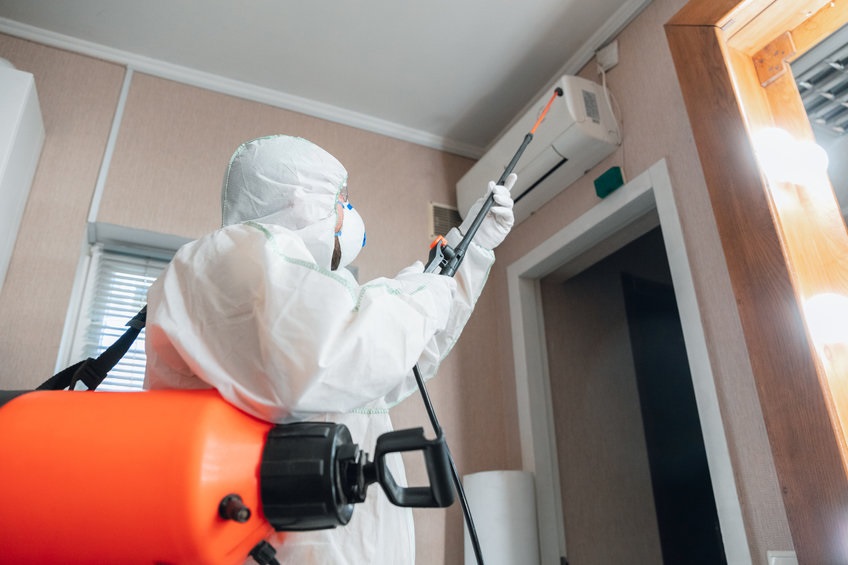
Mold growth causes serious issues in homes, schools, offices, and other indoor environments. Mold exposure to allergy symptoms, asthma attacks, respiratory infections, and more. When mold gets out of control, people often turn to ozone gas as an alternative treatment method. But how exactly doe’s ozone works against mold, and is it truly effective?
What is ozone?
Ozone (O3) is an unstable bluish gas made up of three oxygen atoms. It has a characteristic fresh, clean odor and is produced both naturally and artificially. Ozone forms naturally in the earth’s upper atmosphere when oxygen molecules (O2) are split by ultraviolet radiation from the sun. The freed oxygen atoms then recombine into ozone gas. The same process is replicated artificially through an electrical discharge method called corona discharge. It involves using high voltage to split apart oxygen molecules, allowing the single atoms to reform as ozone. Corona discharge ozone generators rapidly produce high concentrations of ozone for industrial or commercial use. More recently, consumer ozone generators have also become available for residential mold treatment.
Ozone destroys mold
Ozone is among the most powerful oxidizing agents, making it extremely reactive with other molecules. It gives ozone strong antimicrobial properties – it destroys bacteria, viruses, and mold spores through a process called oxidation. During oxidation, ozone reacts with the cell walls of microorganisms. It DamageControl strips hydrogen atoms from the cell walls, disrupting the molecular structure. This damage eventually causes the cells to rupture and die. Ozone also oxidizes the interior contents of mold spores, preventing them from germinating and spreading. Compared to other disinfectants, ozone has some advantages when used against mold:
- Penetrates porous materials – As a gas, ozone diffuses through drywall, wood, concrete, and other porous substances to reach mold. Liquids can’t permeate as deeply.
- Treats entire rooms – Ozone generators flood a whole room during fumigation, reaching into small spaces like wall voids and air ducts.
- Leaves no residue – Ozone naturally converts back into regular oxygen shortly after use, so no chemical traces are left behind.
- Kills dry mold – Ozone destroys mold even without moisture present. Other disinfectants require water to be effective.
- Short treatment time – Typical ozone fumigation takes a few hours depending on the space size and ozone concentration.
These characteristics make ozone an appealing alternative to harsh chemicals or extensive mold removal projects. However, ozone does have some limitations.
Limitations of ozone for mold removal
While ozone appears well-suited for mold elimination at first glance, experts point out some key downsides:
- Doesn’t prevent regrowth – Ozone only kills what mold is currently present. Unless excess moisture is addressed, the mold will soon return.
- May not penetrate dense colonies – Thick, established mold growth is harder for ozone to penetrate. Repeat treatments are often needed.
- Off-gasses dead spores – Killing mold with ozone doesn’t remove the dead spores and fungus. These allergens get released into the air.
- Short half-life – Ozone breaks down quickly, so treatment spaces must be sealed off and left unoccupied.
- Potential health risks – Ozone is hazardous at high concentrations. Strict safety precautions are essential.
- No ongoing protection – Since ozone converts back to oxygen, there is no lasting disinfectant effect after treatment.
For these reasons, ozone does not replace proper moisture control, removal of contaminated materials, and professional mold remediation. At best, it serves as a supplemental treatment method.
Best Handmade Wood Furniture Near in Maryland and DC
June 26, 2025
Comments are closed.
More News
-
How To Choose The Right HVAC Filter for Cleaner Air
January 13, 2025 -
Leasing Solar Panels and the Merits of the Same
July 25, 2024 -
Most amazing ways to elevate your apartment
June 24, 2024







